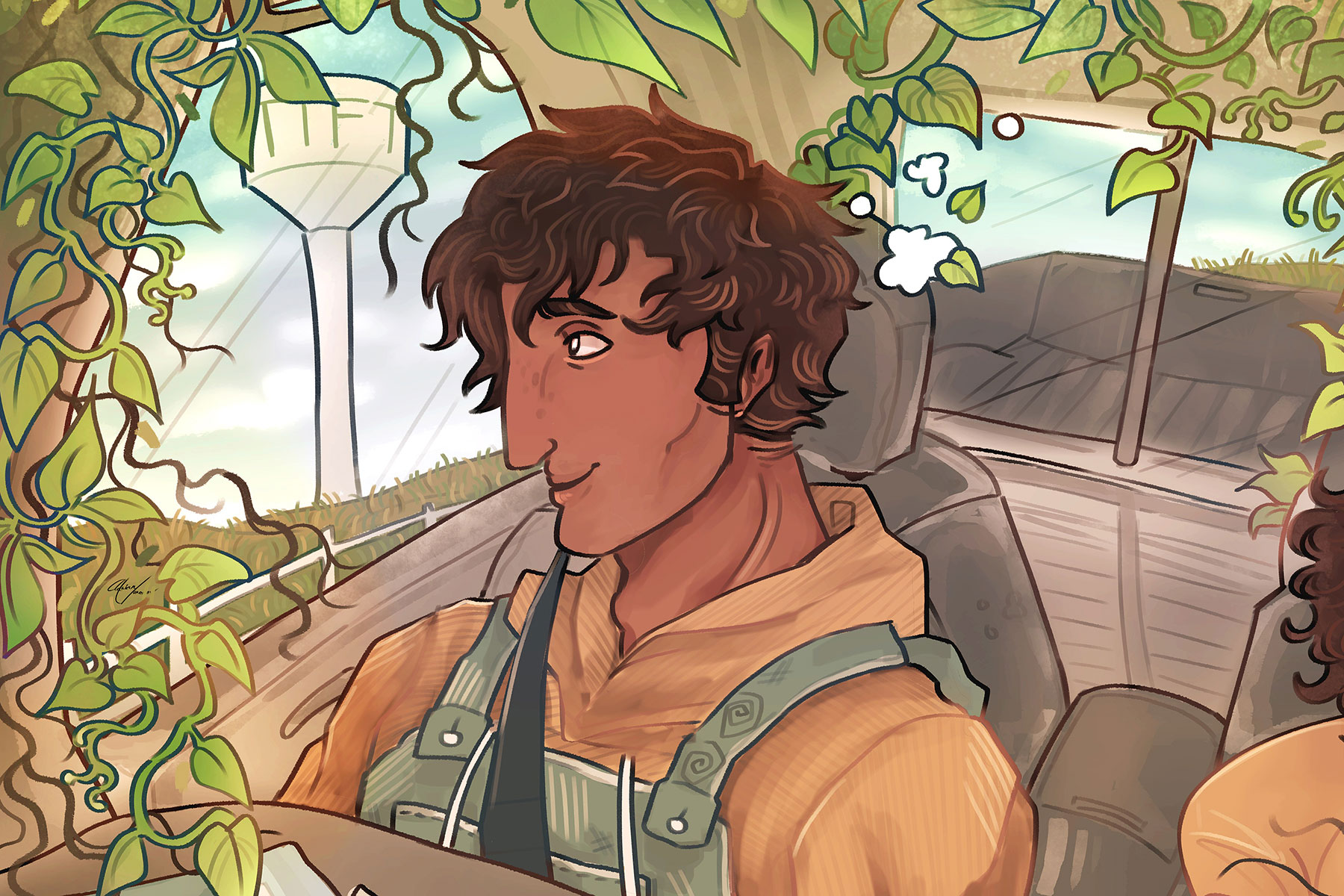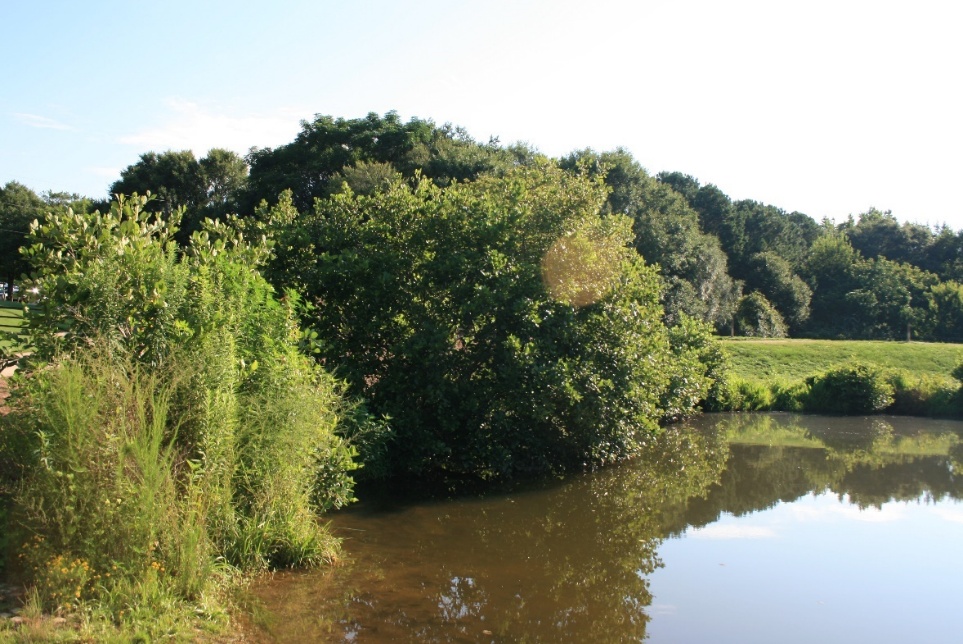If your prized pine is suddenly yellowing, check it out. It may be the victim of pine
bark beetles, says a University of Georgia
expert. And these tree killers could be eyeing your other pines.
"We’re seeing a lot of bark beetle activity," said Keith Douce, an Extension Service entomologist with the UGA College of Agricultural and Environmental
Sciences. "If you suspect beetle damage, it’s important to identify them
fast."
Douce said bark beetles attack pines that have been weakened by lightning strikes or,
in many cases this year, drought stress from the hot, dry summer.
The first signs of attack are the beetles’ small entry holes through the tree bark.
Resin often oozes through these holes. The hardened resin forms telltale bark beetle
"pitch tubes."
Photo courtesy North Carolina State University — e-mail for high-res image. |
| PITCH TUBES are the first and most-often overlooked symptom of pine bark beetles. A University of Georgia scientist said most people start looking for damage on the tree when the needles start yellowing. But by then, it’s often too late to save that tree. Quick work, though, can save nearby trees, so early identification is important. |
Most people overlook these entry holes and pitch tubes, though. The first sign they see
is the yellowing of the trees’ needles. By that time, with most beetles, it’s too late to
save the tree. But it’s not too late to save the trees right around it.
Most of the beetles identified so far this year are among three species of engraver
beetles, Douce said.
The eastern six-spined engraver is about 5 millimeters long and usually attacks the
main trunk. The eastern five-spined engraver, about 4 mm long, usually hits the upper
trunk and large branches. And the southern pine engraver, about 3 mm long, is almost
always only in small, treetop branches.
The "good" thing about engraver beetles, Douce said, is that they usually
kill only a weakened tree and sometimes the trees right around it.
"The southern pine beetle is a much greater threat," he said. "It
usually takes out large numbers of trees at a time. A single infestation may kill hundreds
of acres of pines."
So far this year, though, southern pine beetles have been reported only around Ft.
Benning (near Columbus) and near Savannah.
One other species hitting Georgia trees is the black turpentine beetle, Douce said. It
attacks the main trunk and usually leaves the most obvious entry signs, with pitch tubes
the size of half-dollars.
All pine bark beetles chew into a tree’s vital inner bark to feed and lay eggs. Experts
most often identify the species by the distinctive shape of their egg galleries.
Pine bark beetles kill trees either by girdling them with their larval feeding or by
introducing fast-spreading blue stain fungi.
The first thing to do is to identify the beetle attacking your tree. A
"Bugwood" Web site <http://www.bugwood.caes.uga.edu/> has pictures, drawings and other
information that can help you do that.
It’s best, Douce said, to get your county Extension Service agent, arborist or Georgia Forestry Commission
forester to confirm the species.
If you catch a black turpentine beetle infestation early enough, he said, you may be
able to save the tree by spraying the bottom 8 feet of trunk with Lindane or Dursban 4E.
That may kill the adults and larvae in the tree.
"This treatment can be effective since black turpentine beetles don’t introduce
the blue stain fungus," he said. "If you use an insecticide, be sure to follow
label directions."
Even if you catch engraver beetle attacks early, Douce said, it’s not often possible
and rarely is practical to try to save the tree. "The beetles will have already
introduced the blue stain fungus," he said.
Two options can help protect nearby trees, Douce said. First, quickly remove any
infested trees. This will eliminate a source of adults that can infest other trees.
"A second, but high-cost, option," he said, "is to spray nearby trees
with an approved insecticide." The cost is high because you have to spray the entire
tree. So you’ll have to hire a professional with special equipment to do it.




